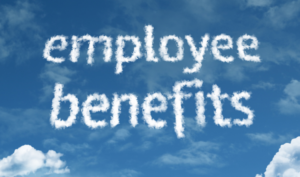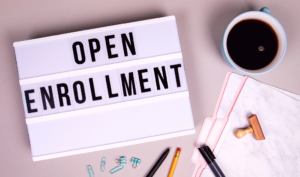
How Personalized Journeys Elevate The Employee Experience
Sponsored by Firstup For years, Gallup has tracked global employee engagement. Although the trend line has improved somewhat over the past decade, still only 23% of

Sponsored by Firstup For years, Gallup has tracked global employee engagement. Although the trend line has improved somewhat over the past decade, still only 23% of

In the aftermath of the pandemic, employers have received a massive wake-up call — in more ways than one. Who knew so many people would

As employee engagement continues to drift downward, organizations everywhere are looking for more efficient, effective ways to connect and communicate with their workforce. This is

Open enrollment season is upon us again, and the world of work continues to shift at a head-spinning pace. This fluid environment poses benefits-related challenges

Is the benefits information you have to tell employees important before and during Open Enrollment? You bet! Easily understood? Not always. According to the latest

Figuratively speaking, the number of articles dedicated to discussing the COVID-caused childcare crisis could fill a school library. But little has been written regarding the

The global health crisis sparked by the pandemic has shown people, no matter their job status, need effective and reliable healthcare benefits. Employees often have